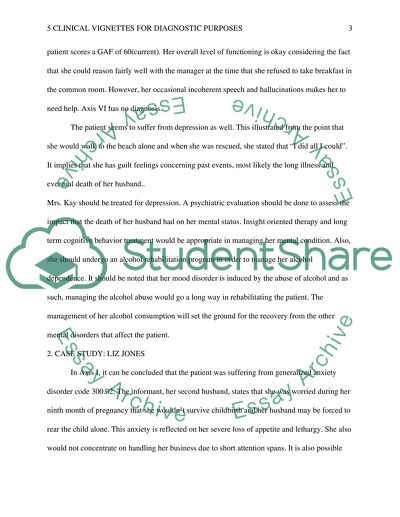Cite this document
(“Five Clinical Vignettes for Diagnostic Purposes Case Study”, n.d.)
Retrieved from https://studentshare.org/psychology/1449165-5-clinical-vignettes-for-diagnostic-purposes
Retrieved from https://studentshare.org/psychology/1449165-5-clinical-vignettes-for-diagnostic-purposes
(Five Clinical Vignettes for Diagnostic Purposes Case Study)
https://studentshare.org/psychology/1449165-5-clinical-vignettes-for-diagnostic-purposes.
https://studentshare.org/psychology/1449165-5-clinical-vignettes-for-diagnostic-purposes.
“Five Clinical Vignettes for Diagnostic Purposes Case Study”, n.d. https://studentshare.org/psychology/1449165-5-clinical-vignettes-for-diagnostic-purposes.


